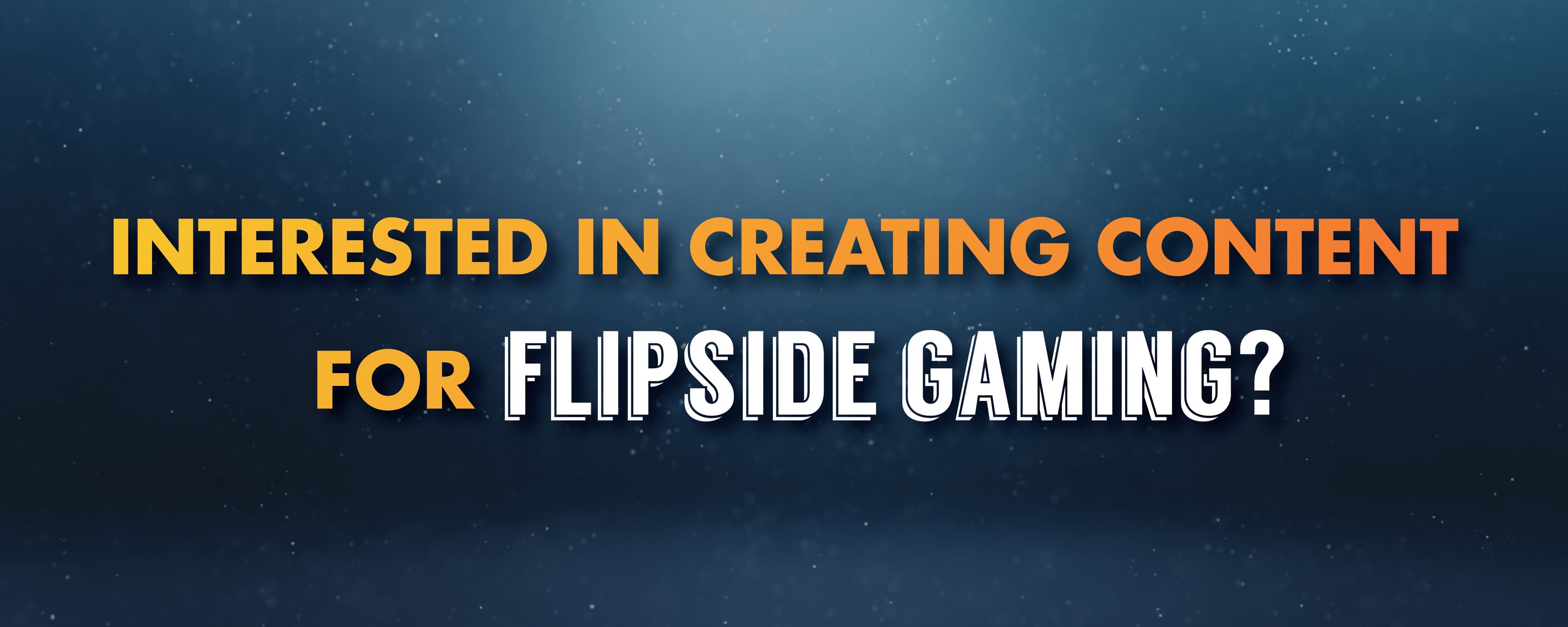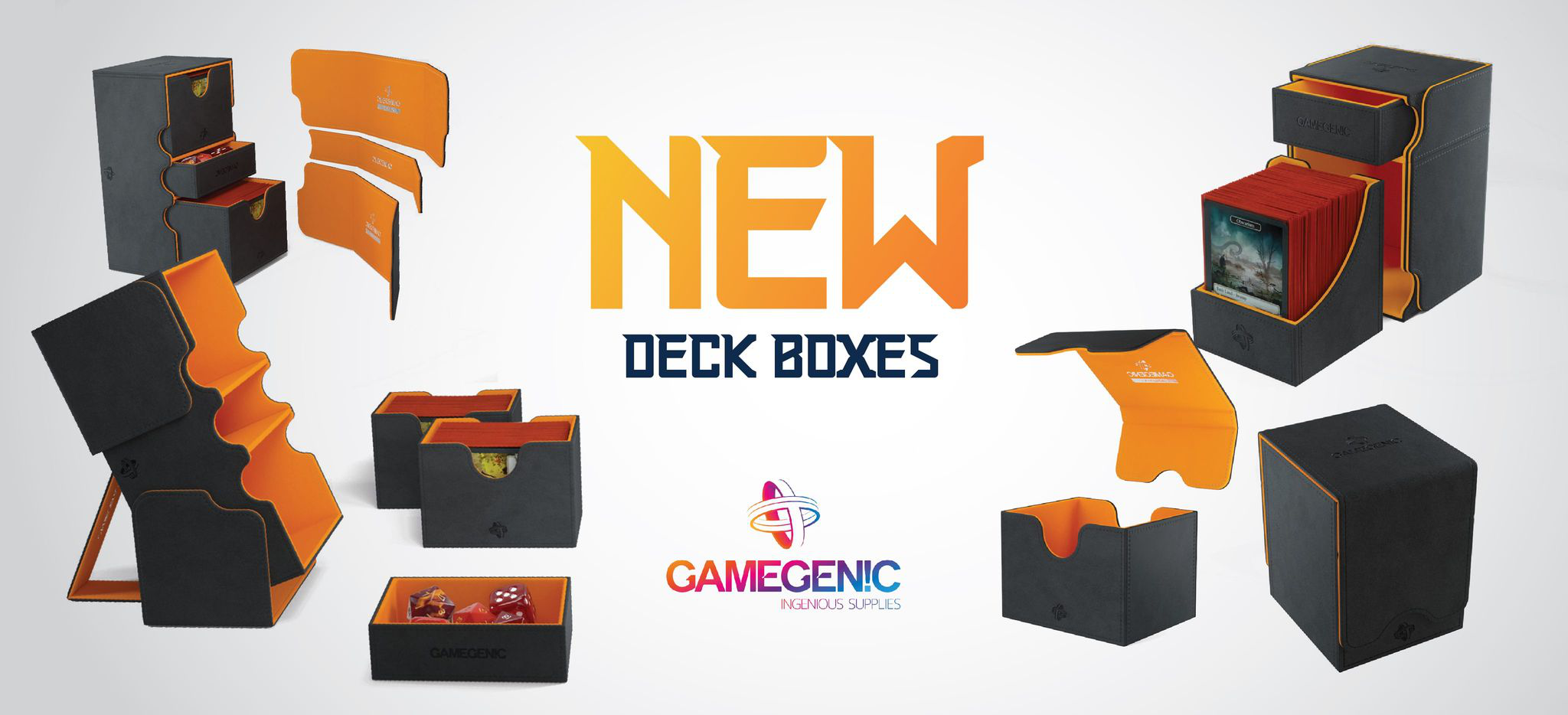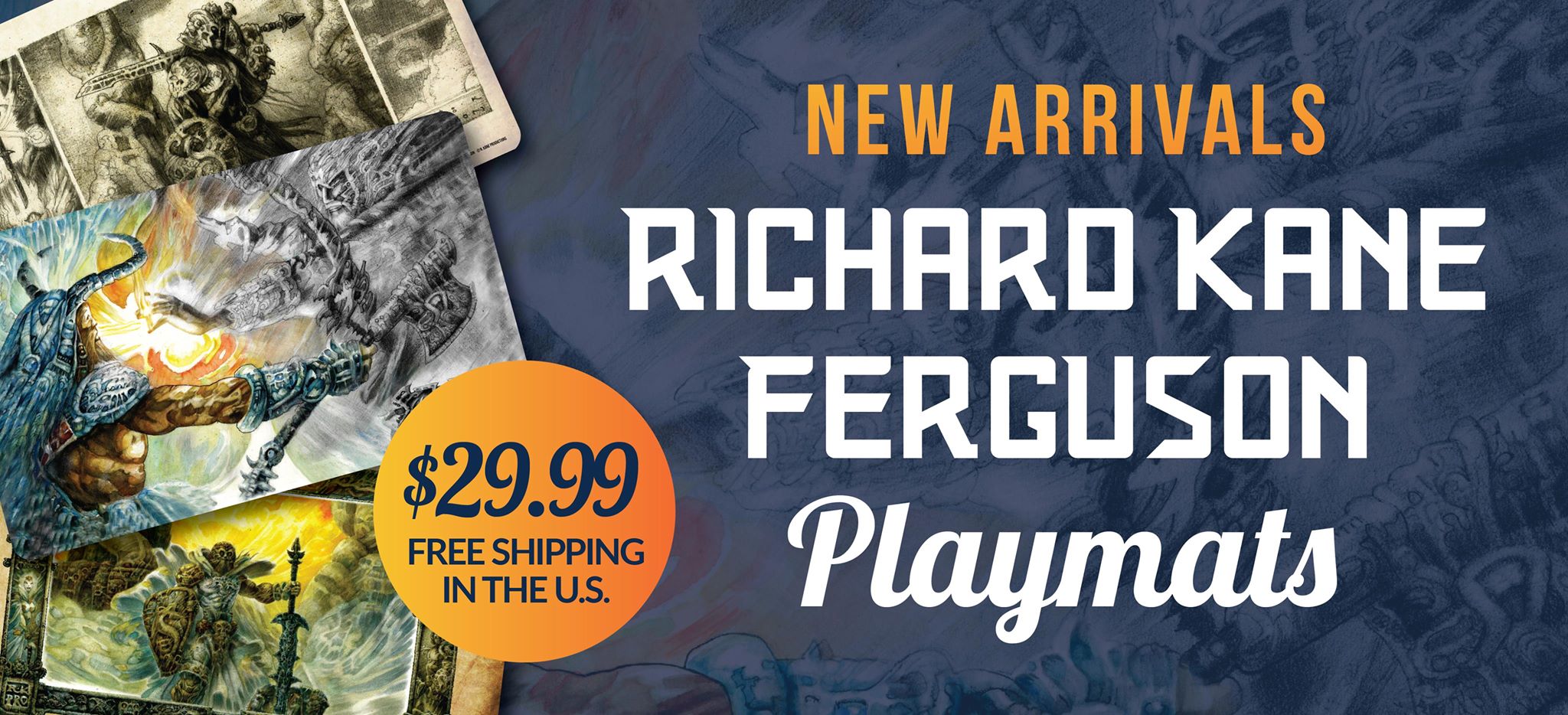Retrospective: Excavating the Fossil Expansion

Today’s retrospective article examines of some of the more obscure (and expensive) collecting nuances in the Pokemon TCG’s third expansion: Fossil. Released on June 21, 1997 as “Mystery of the Fossils” in Japan, and on October 10, 1999 in the United States, Fossil introduced the last of the original 150 Pokemon from the Pokemon Red and Pokemon Blue video games to the TCG. Way back in the fall of 1999, my young, Pokemon obsessed brain was practically rabid in anticipation for this set. Mystery of the Fossils had debuted nearly two years prior to the English release, and every TCG and Pokemon magazine at the time seemed to be running preview articles for what Japanese cards to expect in the English expansion. Finally we were going to see the English debut of Moltres and Articuno in the TCG! Finally we were going to be able to complete the Pokedex in TCG form! Finally we were going to be able to get Mew! . . . sort of. More on that later.
It’s been nearly twenty years since the release of Fossil in the United States and I think it’s probably difficult for new collectors to understand how exciting this set was for those of us who lived through its release. I think this is because, on paper, Fossil looks like a mediocre expansion at best. Like the Jungle expansion before it, Fossil was very small, weighing in at only 62 cards (48 in Mystery of the Fossils) and Wizards of the Coast once again artificially inflated the set’s size by printing 15 of the holographic cards from the Japanese expansion as both holo and non-holo rares in the English release. To make matters worse, four of the fifteen rare Pokemon in Fossil had already been featured in prior TCG sets (Haunter, Magneton, Raichu and Zapdos). This last point probably seems like nit-picking now that we’ve had hundreds of versions of Pikachu printed in the TCG, but at the time, I remember being somewhat disappointed that Pokemon new to the TCG, who were otherwise studs in the video games, weren’t even printed as rare cards. Case in point, why was Omastar, the highest evolution of one of three total fossil Pokemon in the video games, printed as an Uncommon card in the “FOSSIL” expansion? That still strikes me as bizarre, even today. If you are a new or casual collector that is underwhelmed by Fossil, there are a number of hidden gems in this expansion that, once properly excavated, may change your mind about the set’s desirability.
The Mystery of Mew

Japanese Mew from Mystery of the Fossils
When the original Pokemon video games were released, it was a law of the universe that all grade school conversations about the games would eventually lead to a discussion of Mew. Did the Pokemon even exist? Could it be obtained in the games? If so, where was it hiding? These questions were a burning source of inspiration and intrigue for the original Pokemon generation. Perhaps it was only fitting that after being teased with the inclusion of Mew in Mystery of the Fossils for nearly two years prior to the release of Fossil, when the set was finally released, Mew was noticeably absent. Wizards of the Coast, aware of the hype around this Pokemon, decided to instead release Mew as a promotional card and use it as an incentive to get customers to participate in its organized play Pokemon Leagues. The English Mew was released as both a holo and non-holo version. The non-holo promotional card was given away for free at locations where Pokemon League events were held. The holo version of Mew could only be obtained by earning enough points in Pokemon League events. This was a great marketing move and, in my own anecdotal experience, it certainly seemed to drive up interest in Pokemon organized play. Despite being one of the most elusive Pokemon in the video games, an enormous number of Mew cards were printed for these promotions. As a result, the English Mew cards can still be obtained for a relatively low price today.

Left: holo mew promo, right: non-holo mew promo
Fossil’s Third Print
Like Jungle before it, Fossil received 1st edition and unlimited print runs in most regions outside of Japan. For years after its release, collectors assumed that was the extent of Fossil’s publication. But, as is the case with real world paleontology, a relatively new discovery changed our understanding of the fossil record. A few years ago a handful of collectors came to realize that there was actually a third variant printing of the Fossil expansion. This Australia exclusive release, referred to by collectors as the “third print” or the “1999-2000 print”, is extremely rare and appears nearly identical to standard unlimited Fossil cards, but for a few subtle differences: (1) the third print cards have been reported to be slightly more glossy than the standard unlimited release, (2) booster packs containing third print cards have “Pokemon” printed in a darker, red-looking font instead of the traditional yellow, and (3) the most distinguishing feature of the third print cards is that they bear a different copyright date (1999-2000) from the standard unlimited release (1999).


Left: standard unlimited, right: third print
It is important to note that a complete set of the third print of Fossil does not include any holographic cards. For whatever reason, the foils inserted into the third print booster packs show the standard 1999 copyright date. Collectors have speculated that surplus holos from earlier Fossil printings were recycled in the third print to minimize production costs. That being said, there is a holographic version of the Fossil Zapdos that has a 1999-2000 copyright date, but this variant could only be obtained in the Thunderstorm theme deck, released around the launch of the Base Set 2 expansion, and isn’t considered to be a part of Fossil’s third print by most collectors. The members of the Elite Forum, an online Pokemon TCG community, have a series of excellent posts about Fossil’s third print that you can read here.What are your thoughts on the Fossil expansion? Let me know in the comments below.
Thecardpletionist has been collecting Pokemon TCG cards since the game’s English release in 1999. You can read more from the author at http://thecardpletionist.blogspot.com/ and follow him on Instagram at https://www.instagram.com/thecardpletionist/










